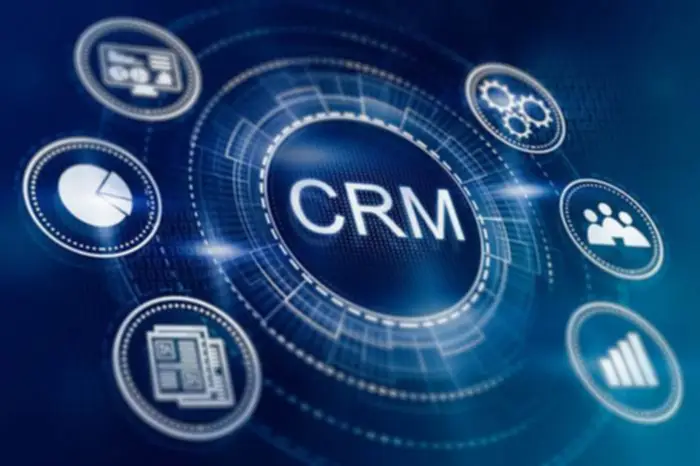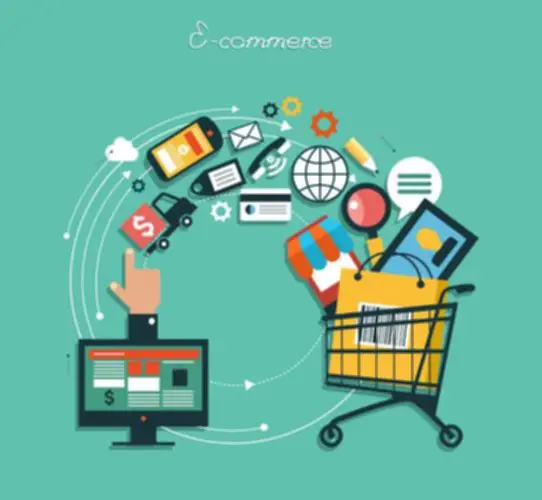What’s The Real Difference Between Ehr And Emr? A Simple Guide
EMRs sometimes embody a patient’s medical historical past, remedy plans, diagnoses, medications, and test outcomes, all stored digitally for quick entry and improved effectivity. The distinction between EHR and EMR significantly impacts affected person care, follow efficiency, regulatory compliance, and the seamless change of healthcare data. This information helps streamline provider workflow and is usually utilized by doctors, physicians, and healthcare providers to make knowledgeable decisions a few patient’s care. Unlike EMRs, that are restricted to a single apply, Digital Well Being Information (EHRs) take a holistic method to affected person care by enabling seamless information exchange across healthcare suppliers. The key benefit of an EHR is that it offers real-time, complete entry to a patient’s medical historical past and chart, improving both care coordination and patient engagement.
EMRs are digital information used for inside documentation inside a single provider’s apply. EHRs, then again https://www.globalcloudteam.com/, allow data sharing throughout multiple providers, enhancing patient care coordination. EMRs prioritize efficiency within one facility, whereas EHRs assist interoperability, making them ideal for built-in healthcare techniques. If you’re struggling to grasp the distinction between an digital medical report (EMR) and an digital well being document (EHR), you’re not alone. Many healthcare professionals and organizations face confusion as a outcome of how often these phrases are used interchangeably.

To guarantee a profitable transition, healthcare organizations should comply with finest practices that bear in mind their unique wants and necessities. Utilizing EHR software program today means having an interoperable platform that connects with all points qa testing of care a affected person would possibly encounter. EHR utilization improves the standard of patient care and the general affected person experience. EMRs are unquestionably an enchancment over paper affected person charts and medical data but they only address the gaps in paper information.
They can easily see when their next appointment is, pay payments, discover a close by pharmacy that may fill their prescriptions, and extra. If you’re already using an EHR software program like Epic, Cerner, or Meditech, you’re midway there. But when it comes to tying affected person care to monetary outcomes, you’ll want a system like Multiview.
- With Healthie’s intuitive and customizable platform, healthcare suppliers can seamlessly transition from traditional paper-based systems to complete digital information, optimizing workflows and enhancing patient outcomes.
- Although the phrases are sometimes used interchangeably and share many similarities, the two are literally several types of software program tools.
- In contrast, a multi-specialty hospital utilizing an EHR benefits from seamless information sharing throughout departments.
- Whereas EMRs work well inside a apply, they’re limited as a result of they don’t easily journey exterior the follow.
- Customers can view take a look at results, request prescriptions, or schedule appointments instantly, fostering transparency and engagement.
- The price ticket alone shouldn’t be the figuring out consider whether or not an EMR vs. EHR is the right alternative for your follow.
Consumer Assist
After this shift, two terms, EHR and EMR, are commonly used to address the present report system used within the healthcare business. EHR stands for Electronic well being report, whereas EMR stands for electronic medical record. Payers and providers alike are making the shift toward value-based care (VBC), which emphasizes patient outcomes over quantity of services. To facilitate the shift and produce us into the future of healthcare, interoperability requirements are essential to create a complete view of patient health. Each EMR and EHR methods are designed to enhance affected person care by streamlining entry to affected person ehr software development cost records, reducing errors, and create secure, HIPAA-compliant methods for document management. An EHR (Electronic Health Record) not solely streamlines administrative processes but additionally enhances affected person care by offering entry to complete and up-to-date affected person info.
In the Sixties, doctors and healthcare providers used handwritten paper medical data and paper submitting methods to maintain affected person medical history. The distinction between EHR vs. EMR isn’t just technical—it impacts patient care, apply effectivity, regulatory compliance, and interoperability throughout healthcare networks. For healthcare suppliers, understanding these distinctions is crucial for making informed choices when investing in health IT methods.
EHRs differentiate themselves from EMRs from their degree of comprehensive patient knowledge and the flexibility to trade information more seamlessly. This can outcome in deeper understanding of sufferers and their needs, leading to improved patient care. EMRs are still utilized in clinician offices, clinics and hospitals, however EHRs provide a way more detailed health historical past from all clinicians a patient has been served by and are more simply transferable between institutions.

A affected person portal is an internet platform the place sufferers can access their private well being info, communicate with healthcare providers, request prescriptions, schedule appointments, and consider lab outcomes. While affected person portals is usually a element of an EHR system, they do not appear to be the same factor. Whereas EMRs improve effectivity by organizing information electronically, they aren’t designed for sharing information outdoors the practice. If a specialist or one other supplier needs entry, you’ll often must print or manually transfer the data. Due to this limitation, EMRs operate as standalone techniques, streamlining workflows but lacking interoperability.

The alternative between an Digital Medical Report (EMR) and an Digital Well Being Record (EHR) is decided by hospital dimension, construction, and the need for data sharing. For healthcare practices transitioning from paper-based information, Electronic Medical Information (EMRs) provide significant advantages in effectivity, documentation, and patient administration. While EMRs are restricted to single-practice use, EHRs improve interoperability, care coordination, and public health insights, resulting in higher effectivity and improved affected person outcomes. Practice Fusion can provide an affordable EHR answer for small and impartial practices.
Enhanced Affected Person Engagement
EHRs enable medical doctors and medical practitioners to entry the patient’s medical historical past and information instantly within the emergency room or any department in the healthcare facility. The immediate entry to info permits medical doctors to make quick choices and remedy plans in case of an emergency. EHRs offer multiple tools for data management that help medical doctors and medical facilities organize, interpret, and respond to critical knowledge. EHRs provide patient information associated to medications and drug interactions that provide steering to determine the best remedy choices available. The data additionally help medical doctors and practitioners with patients’ diagnoses and decide which exams are required to diagnose a medical condition.
Understanding their variations may help you see how they form your care expertise. Digital Medical Data (EMRs) have played an important role in the healthcare expertise panorama for a number of decades. For CIOs and other senior executives in healthcare organizations, understanding the benefits and downsides of EMRs is essential to creating informed selections about digital transformation. Furthermore, Healthie’s EHR is a half of an all-in-one resolution that serves as your full follow administration software program. With Healthie, your practice’s EHR, patient engagement, billing, and scheduling all lives on one platform. Moreover, Healthie has a marketplace of third-party integrations that empower your follow to offer extra comprehensive care with out having to manage several vendors.
In Contrast To EHRs, Electronic Medical Document techniques usually are not created for straightforward knowledge sharing with exterior techniques, although numerous modern Digital Medical Information now support limited interoperability options. The utilization of Electronic Medical Information is usually confined inside a single provider’s system. Furthermore, each EHR and EMR systems adhere to stringent security and privacy requirements to safeguard affected person data from unauthorized entry or breaches.
This marks substantial 10-year progress since 2011 when 28% of hospitals and 34% of physicians had adopted an EHR. Whether you’re making the transition from paper documentation or if you’ve outgrown your current EMR, it’s essential for practices to choose new expertise that greatest fits their short- and long-term targets. An EHR system that works seamlessly across the complete organization—EHR, Apply Administration (PM), interoperability, affected person self-scheduling, virtual visits, check-in, documentation, check-out, billing, etc. is good.
If your practice is specialized and doesn’t need to share patient medical information with exterior healthcare suppliers, an EMR could also be in your finest interest. EHRs expand beyond EMRs by enabling real-time information trade across a number of suppliers, improving care coordination and public health monitoring. Apply Fusion is a cloud-based EHR system and presents an affordable, turnkey solution that is thought-about one of the most user-friendly EHRs out there. For solely $199 per supplier, per month, Practice Fusion might help your follow meet regulations, electronically prescribe controlled substances, and combine affected person records with laboratories and imaging facilities. Nevertheless, it depends on the healthcare organizations whether they provide the portal to their patients. The portal can be utilized by sufferers to examine their lab stories, medical prescriptions, appointments, therapy standing, and extra.
Many EMRs can also sync with remote affected person monitoring tools to give practitioners real-time medical updates on patients who require extra hands-on care. Most EMRs also can scan your charts to establish sufferers who need checkups, screenings or other appointments. It is as much as healthcare organizations to make knowledgeable decisions as to which one works higher for his or her service and overall processes.
